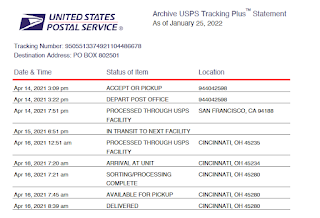Many of the conveniences of middle-class life are taken for granted, like in-house
washers and dryers.
After the old Kenmore dryer
failed 10 days ago, I expected to pay $500 for a basic model at Home Depot, Costco, or Best Buy; $700+ would be the all-in replacement cost after delivery, installation, sales tax, and removal of the old dryer.
YouTube showed that repairs were easy--even allowing that it would take me ten times as long as the professionals in the videos--so it couldn't hurt to try to diagnose the problem and attempt a fix (the parts would probably cost less than $50).
I had to promise the household CEO that I wouldn't dither; going to the laundromat was not only inconvenient but in the coronavirus era could be hazardous to one's health because of proximity to others in a warm, humid environment. If the task could not be done in a week, we would buy a new dryer.
 |
| Lint obstructed air flow from the clothes drum |
After opening the bottom panel and unscrewing the lint cover for the first and only time in 13 years, the likely source of the problem became apparent: lint was jamming the air flow throughout.
Wearing a dustmask, I scooped out handfuls of lint, then used a brush and vacuum cleaner. The dryer had been working harder for at least a year, and the longer drying time finally burnt out one of the circuits.
Pulling out the metal housing for the heating element, I checked for a break on the three devices ("test for continuity" is the technical term) that were most likely to fail: the fuse, thermostat, and heating element.
 |
| Testing for continuity |
It was the heating element. Ordering a kit for all three parts for $34 from Amazon, I replaced the heating element and kept the thermostat and fuse if either of them blows.
I'll spare you the details of putting everything back together and cleaning out more lint, dear reader. Suffice it to say that the dryer is working again, more efficiently than it has in a long time, and should be good for 2-3 years.
Comments: I did derive satisfaction from:
1) not having to spend $500-$700 on a new dryer;
2) not having to send the old one to the landfill or recycling plant;
3) being able to fix it myself.
But the most satisfaction arose from learning how the dryer worked. It's both simple and ingenious. Discreet writers call it a
negative pressure system, but your humble blogger prefers simpler language.
 |
| Heating element + small parts |
The motor both tumbles the drum and
sucks the hot moist air out of the drum and expels it through the exhaust. The drum in turn sucks in outside air that has passed over the heating element. The features (tumbling, drum, timer, moisture sensing, varying the heat, etc.) that we see in current dryers were all invented before 1960.
Frankly, I am in awe of the engineers and inventors that created wonders, both big and small, in 20th century America.








































